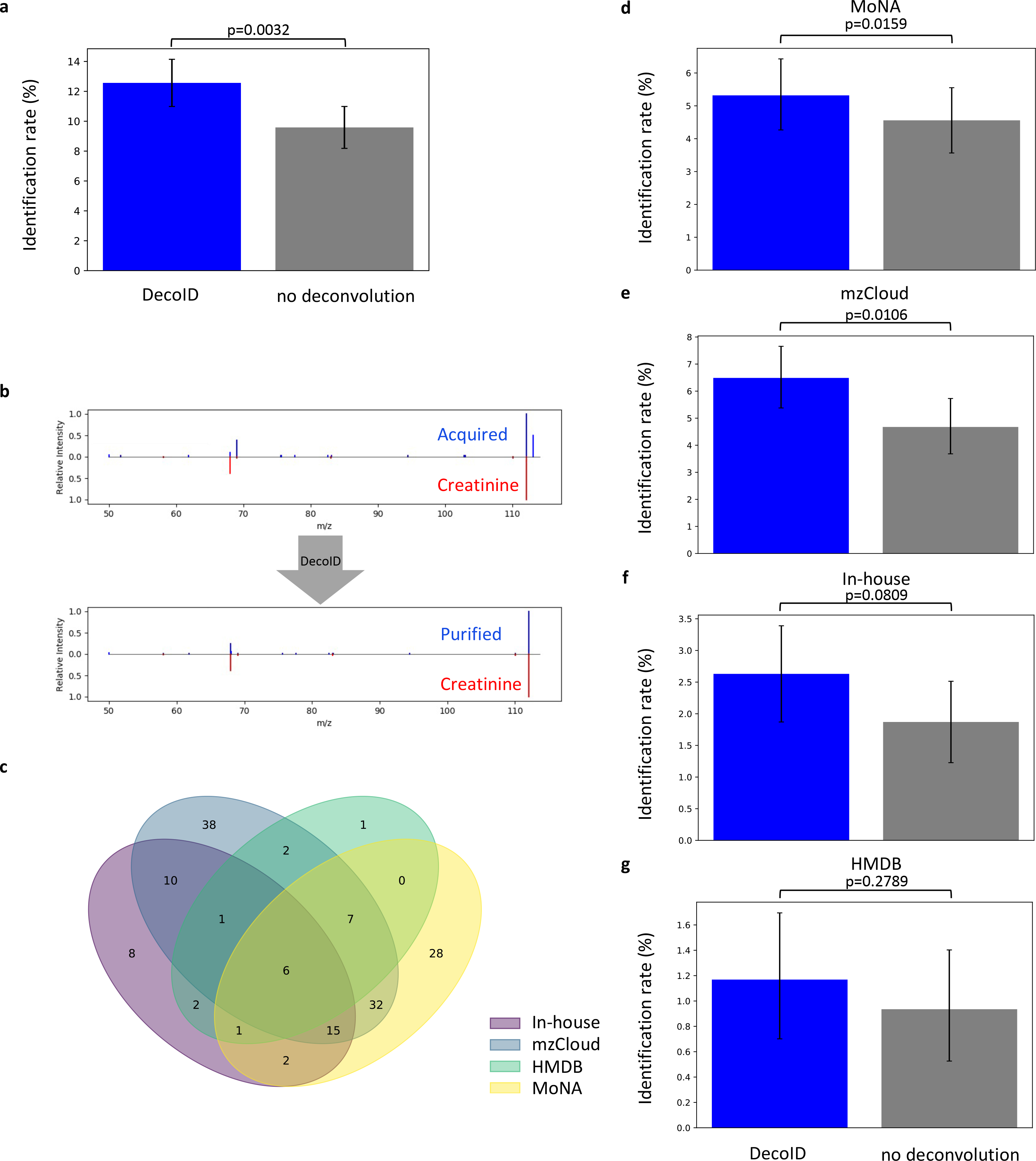Figure 4. DecoID improves identification rates in NIST SRM 1950.

(a) Analysis of NIST SRM 1950 human plasma in a DDA experiment with a 1 m/z isolation window led to a greater than 30% increase in identification rate when using DecoID and aggregating results from HMDB, MoNA, mzCloud, and our in-house database. (b) Example identification from the NIST SRM 1950 plasma dataset would not have been possible without DecoID. The MS/MS similarity to the reference spectrum increased after deconvolution with DecoID compared to no deconvolution. Identification was confirmed with a retention-time match. (c) Venn diagram showing which features were able to be identified when the different databases were used. The breakdown shows that MS/MS databases can offer complementary identifications that boost the identification rate. (d-g) When using the four databases MoNA (d) mzCloud (e), our in-house database (f), and HMDB (g), DecoID increases the identification rate when compared to no deconvolution. Data shown in in (a) and (d-g) represent mean identification rate +/− 95% empirical confidence interval found from bootstrap resampling (n=10,000) the NIST SRM 1950 dataset and calculating the identification rate on each independently resampled dataset (Methods). Statistical significance in (a) and (d-g) was assessed through 1-sided comparison of the bootstrapped identification rate distributions (Methods).
